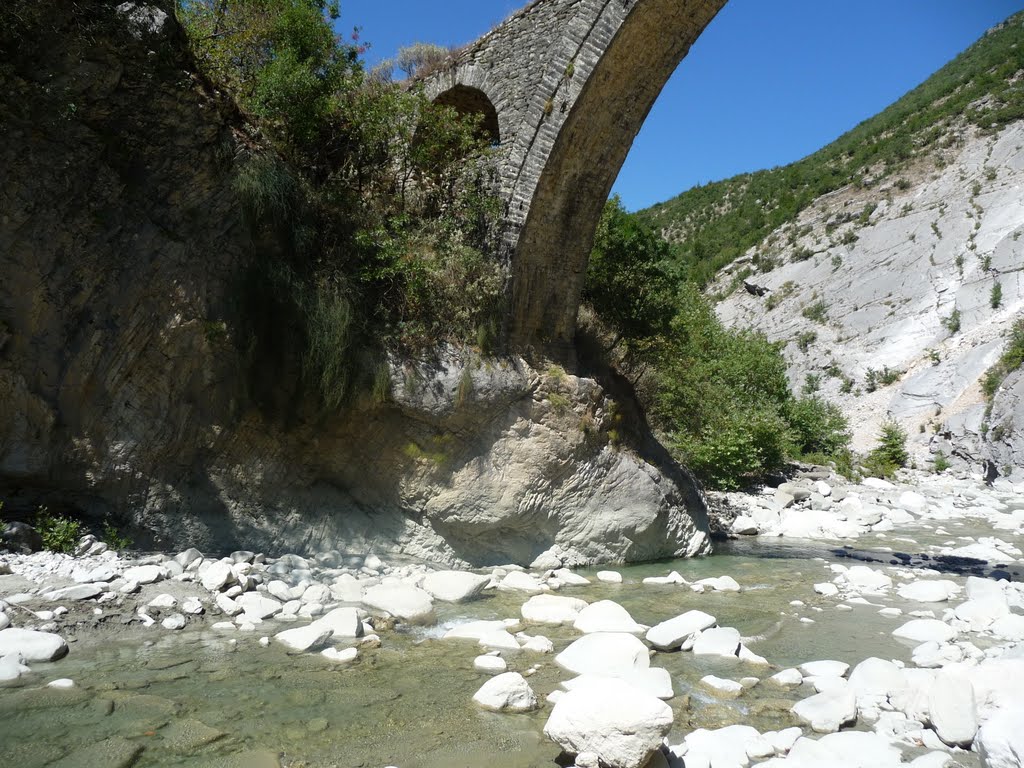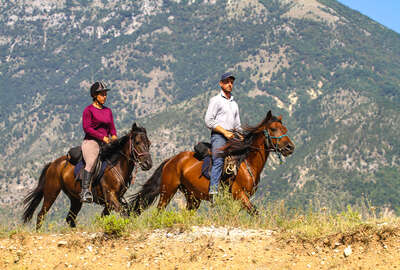The large tree that is known lightly by its large heart-shaped leaves with its painful antennas. Green, yellow-green flowers grouped in the crown on a long membrane leaf. They let out a soft honey smelt at the beginning of summer. A fruit is a small gessophic sphere that contains only one seed. Only three species are known for their medicinal properties: large leaf bliri (Tilia Platyphyllos), small-leaf bliri (T Cordata), and common bliri (T X Europea), hybrid of two of the above. Other species can be used, such as silver bliss (T. Tomentosa) for example. The communal bliri (Common) is often used in parks and gardens as a decorative tree.
Active ingredients:
Flowers: mucilage, tannins, phenolic acids, proantocianidols, flavonoids (among which, quarcerin and quianferol), aromatic essence.
The inside of the bark : phenolic acids, tannins, fraxocyd, esculocyd, amino acids.
Pliny (roman naturalist of the first century of our wind) mentions the lucky effects of the wine of linden’s bark in his book “The Flaws of Skin”. Many different cures boast the action of linden on epilepsy, paralysis, loss of balance, or collection of the pelts in the organism. His importance was such that by a royal order, the planting of the sandstone side of the streets was to be collected and sent to hospitals.
Calming but also reinforcing:
- The flower is prized for its calming and antispassmatic properties. Flowers are a prominent calmer of the nervous system and provide for those suffering from insomnia, a refreshing sleep. However, in an exaggerated dose or when it is boiled for a long time, the blir has an exciting effect and can, in contrast, cause insomnia.
- As antispass, the blitz helps in digestive difficulties, especially when the origin of the latter is increased nervousness.
- In favor of sweating, blister is a great cure against flu and colds. Reduces the secretions of the nose and calms muscular pain and accompanying headaches.
- The bathrooms are calming for little kids with worry.
- Boiled, the lend is recommended to paint the itchy skin.
- It is also used as toilet water to stretch the leach and remove impurities, black dots and pucs.
- Tea with the white bark of the wild linden tree has been found to be a good natural drainage for the deep-cleaning of our organism. It stimulates the liver and regulates the secretion of the gallbladder by improving digestion, dissolving accumulated uric acid, provoking inflammation of the joints and kidney stones.
Other uses:
When young and lightly transparent, linden tree leaves go well in salads. Matured it is best to dry and grind them into powder which you mix in with baking flour for bread or cake.
How to use it:
- Internal use: Tea from the flowers of the linden tree. 3-5g for a bowl of water. We can drink 2-4 bowls a day. Used for calming effect and to help digestion.
- Outside use: Boiled. 60-70 g flowers in 1 liter of water. For balming skin, compresses and as toilet water. For calming baths we need to boil 500 g of plant in a few litres of water, drained and filtered and mixture obtained is then added to the bathtaking water.
Main properties:
- Calming
- Helps digestion
- Stimulates the tint
- Diuretic
- Prevents skin problems
Parts used:
Flowers, white bark, buds, leaves and resin
The large tree that is known lightly by its large heart-shaped leaves with its painful antennas. Green, yellow-green flowers grouped in the crown on a long membrane leaf. They let out a soft honey smelt at the beginning of summer. A fruit is a small gessophic sphere that contains only one seed. Only three species are known for their medicinal properties: large leaf bliri (Tilia Platyphyllos), small-leaf bliri (T Cordata), and common bliri (T X Europea), hybrid of two of the above. Other species can be used, such as silver bliss (T. Tomentosa) for example. The communal bliri (Common) is often used in parks and gardens as a decorative tree.
Active ingredients:
Flowers: mucilage, tannins, phenolic acids, proantocianidols, flavonoids (among which, quarcerin and quianferol), aromatic essence.
The inside of the bark : phenolic acids, tannins, fraxocyd, esculocyd, amino acids.
Pliny (roman naturalist of the first century of our wind) mentions the lucky effects of the wine of linden’s bark in his book “The Flaws of Skin”. Many different cures boast the action of linden on epilepsy, paralysis, loss of balance, or collection of the pelts in the organism. His importance was such that by a royal order, the planting of the sandstone side of the streets was to be collected and sent to hospitals.
Calming but also reinforcing:
- The flower is prized for its calming and antispassmatic properties. Flowers are a prominent calmer of the nervous system and provide for those suffering from insomnia, a refreshing sleep. However, in an exaggerated dose or when it is boiled for a long time, the blir has an exciting effect and can, in contrast, cause insomnia.
- As antispass, the blitz helps in digestive difficulties, especially when the origin of the latter is increased nervousness.
- In favor of sweating, blister is a great cure against flu and colds. Reduces the secretions of the nose and calms muscular pain and accompanying headaches.
- The bathrooms are calming for little kids with worry.
- Boiled, the lend is recommended to paint the itchy skin.
- It is also used as toilet water to stretch the leach and remove impurities, black dots and pucs.
- Tea with the white bark of the wild linden tree has been found to be a good natural drainage for the deep-cleaning of our organism. It stimulates the liver and regulates the secretion of the gallbladder by improving digestion, dissolving accumulated uric acid, provoking inflammation of the joints and kidney stones.
Other uses:
When young and lightly transparent, linden tree leaves go well in salads. Matured it is best to dry and grind them into powder which you mix in with baking flour for bread or cake.
How to use it:
- Internal use: Tea from the flowers of the linden tree. 3-5g for a bowl of water. We can drink 2-4 bowls a day. Used for calming effect and to help digestion.
- Outside use: Boiled. 60-70 g flowers in 1 liter of water. For balming skin, compresses and as toilet water. For calming baths we need to boil 500 g of plant in a few litres of water, drained and filtered and mixture obtained is then added to the bathtaking water.
Main properties:
- Calming
- Helps digestion
- Stimulates the tint
- Diuretic
- Prevents skin problems
Parts used:
Flowers, white bark, buds, leaves and resin









